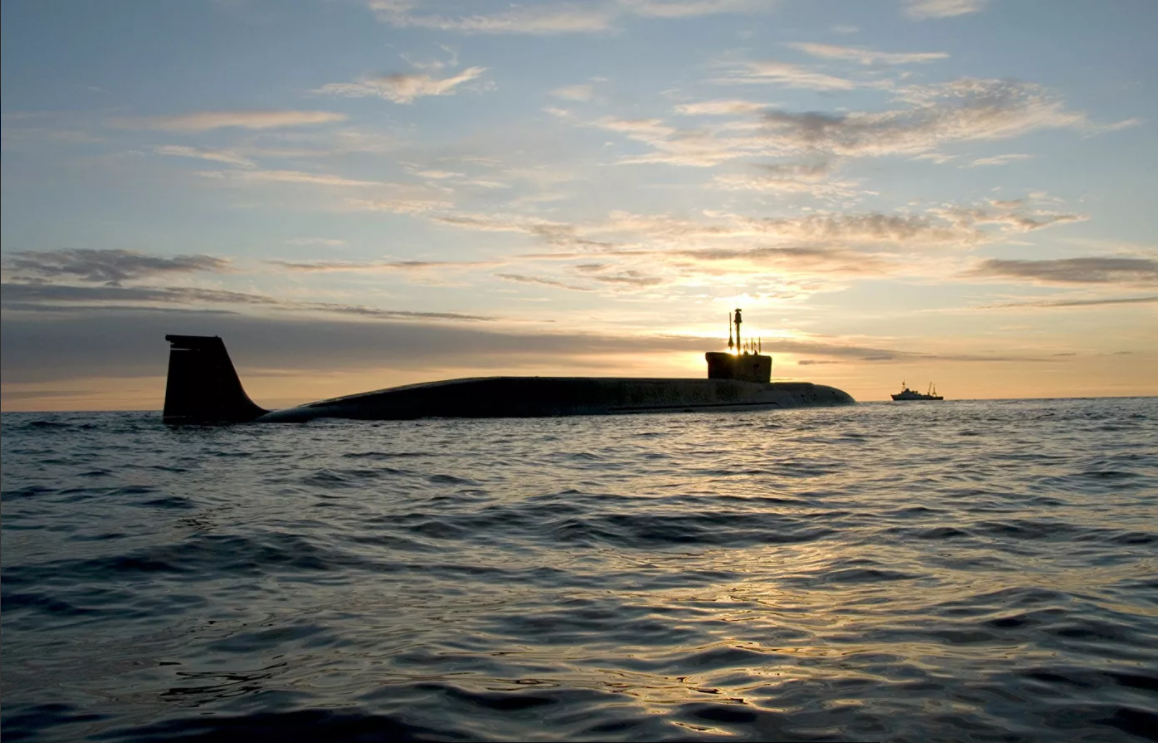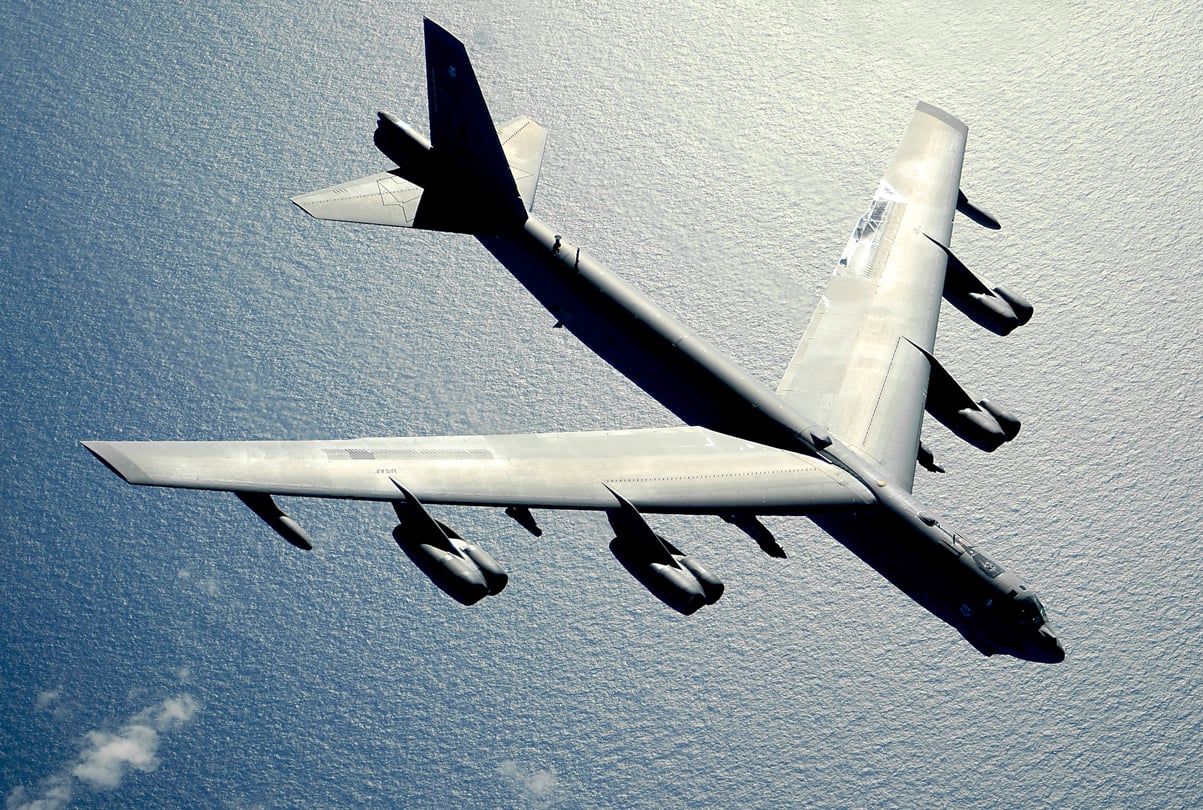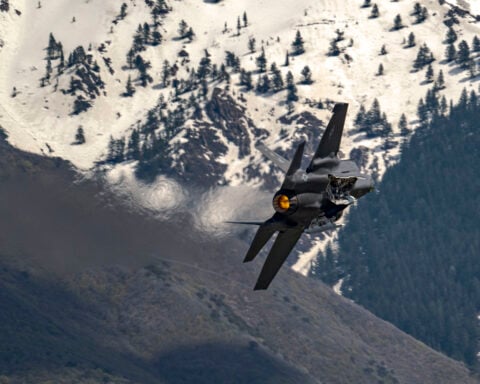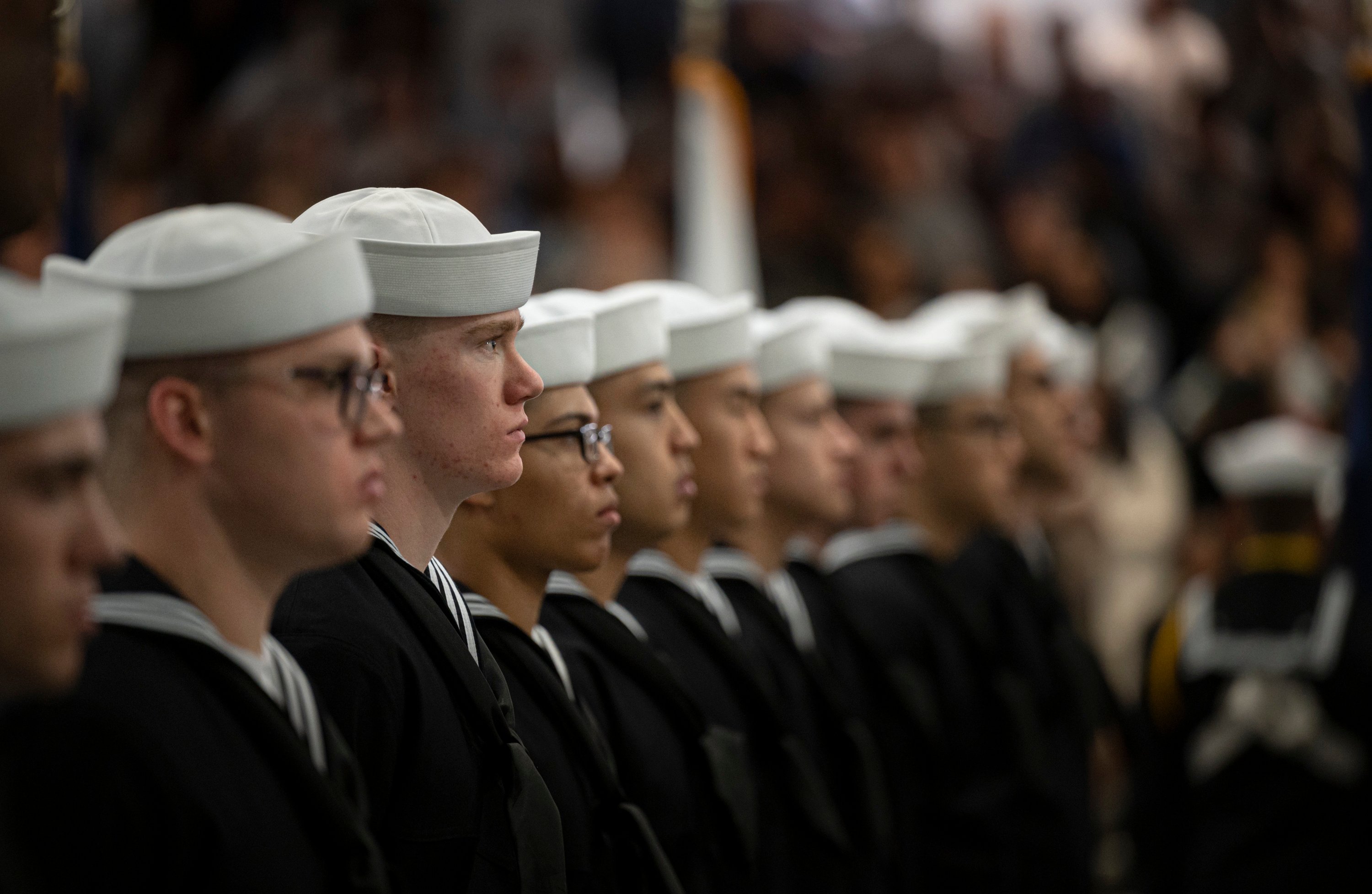
The U.S. is facing a more complex strategic deterrence problem as both China and Russia continue to modernize their nuclear and conventional weapons, the head of U.S. Strategic Command said on Thursday.
“This is the first time we’re going to face two-nuclear capable adversaries,” Adm. Charles Richard said during remarks at the Mitchell Institute.
Since the collapse of the Soviet Union the U.S. has “not had to consider a near-peer adversary in close to 30 years,” he said.
The Kremlin has reached 70 percent of its across-the-board modernization objectives that it set 15 years ago. This build-up “includes several thousand, non-treaty nuclear weapons,” Richard said, referring to short-range cruise and ballistic missiles that are not covered by existing strategic arms control treaties. He noted later that Moscow expanded its nuclear forces unilaterally as the United States reduced its own nuclear weapons stockpile.

In the case of Beijing, “look at what they do, not what they say,” Richard said. He cited China’s “breath-taking expansion” of military capabilities to include adding air-launched cruise missiles to its strategic arsenal. But equally important and “just below the radar” of a military build-up has been the creation of a Coast Guard in 2013 that has more than 250 vessels operating in the East and South China seas backing up Beijing’s territorial claims in those waters. The Chinese could be a strategic weapons peer competitor to the U.S. by the end of the decade, he said.
Moscow and Beijing are modernizing and expanding their nuclear forces, believing that the threat of their use will influence events in their favor during a crisis in the South China Sea or Eastern Europe.
Nuclear deterrence is different in the 21st century than it was in the Cold War, Richard said. Then “you could palpably feel the threat.” Because there was a consensus the threat was real, the investments made in the American triad of strategic weapons systems — ballistic missile submarines, bombers and land-based intercontinental ballistic missiles — provided a margin of safety that deterred the Soviet Union from using its weapons to gain advantage in a crisis.

Richard does not expect to see a drop-off in congressional support for the current Pentagon modernization drive because of the COVID-19 pandemic’s impact on the federal budget. “Russia did not give up a single nuclear weapon” because of the pandemic. He said the same was true for China.
In a conference call with reporters also on Thursday, James Geurts, the Navy’s acquisition chief, reaffirmed the Columbia ballistic missile program was still the service’s top priority.
Strategic deterrence is “not an issue that we can afford to take risk on. [Columbia] will be prioritized above all others as we go forward,” Geurts said.
Richard said to maintain force survivability the U.S. needs at least 12 Columbia-class ballistic missile submarines.
Asked whether he advocated the United States adopt a “no-first-use” policy when it comes to nuclear weapons, Richard said, “we have to be very humble when it comes to policies like that… We’re going to be tested in ways we were never tested before.”





